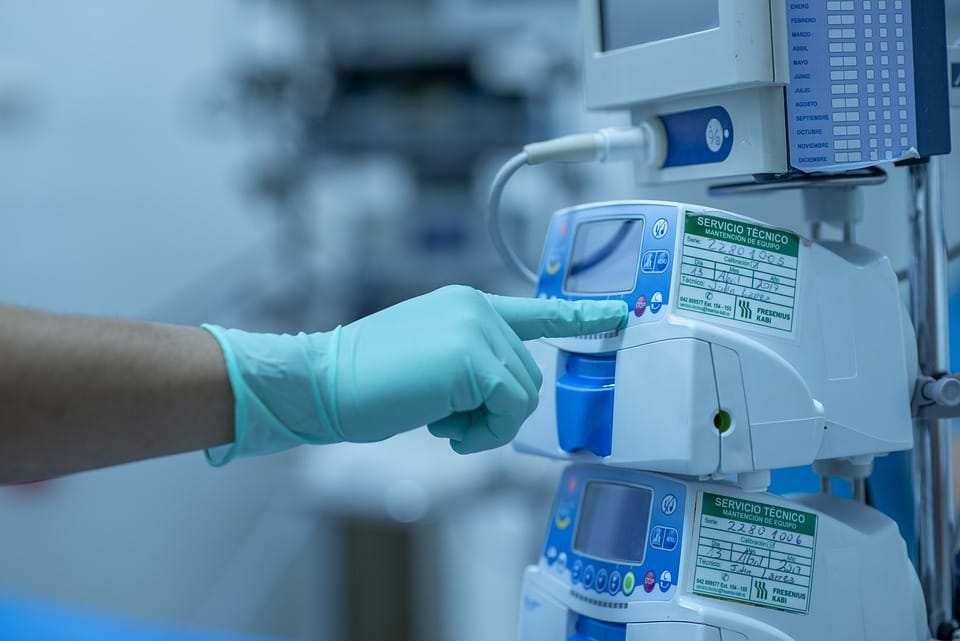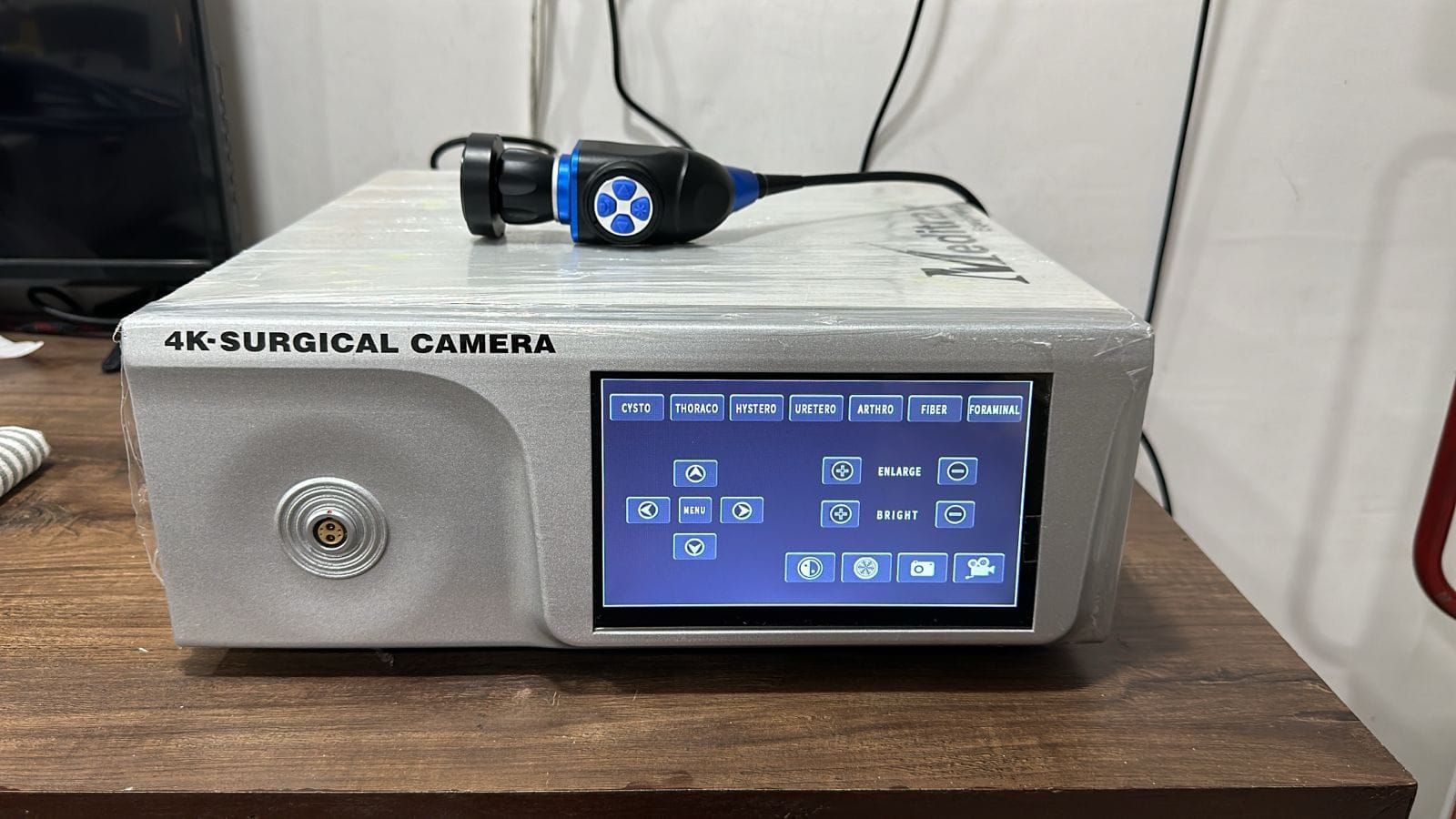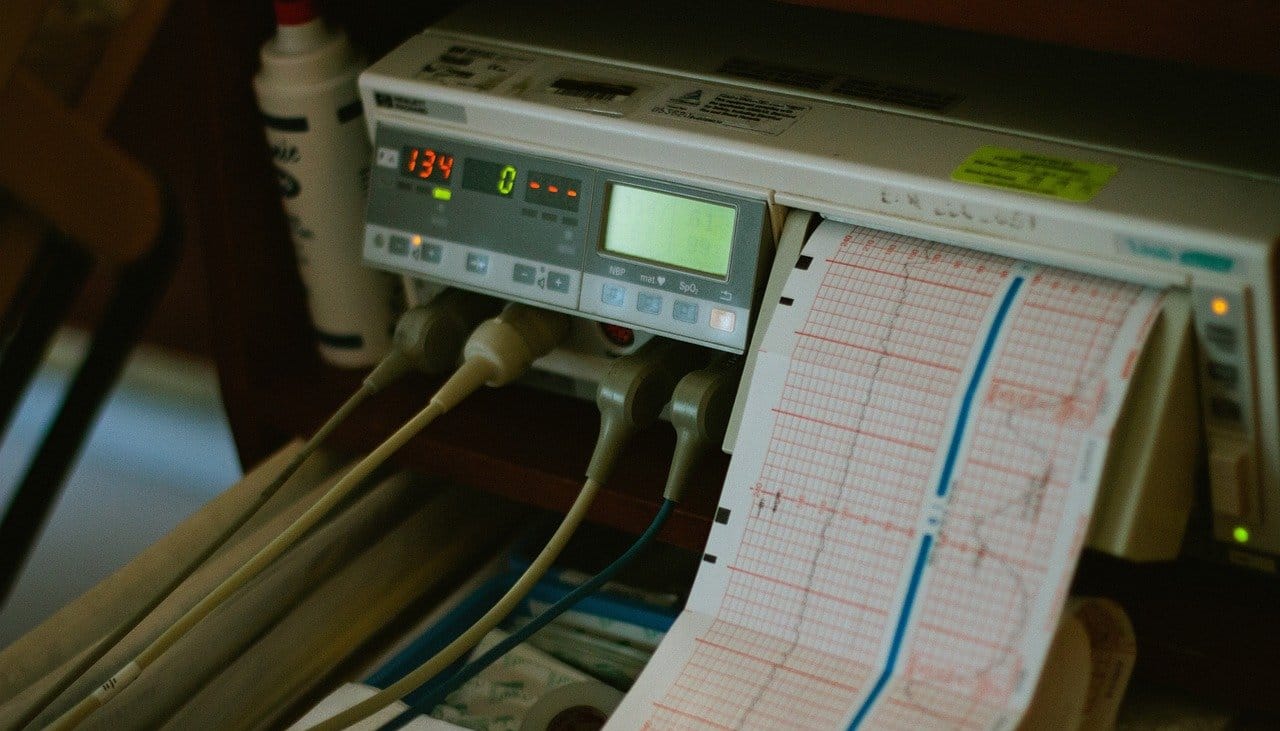Setting up an endoscopy lab can be daunting, especially for beginners. Endoscopy, a critical diagnostic and therapeutic tool in modern medicine, demands precision, advanced technology, and a well-thought-out infrastructure. A well-equipped lab ensures efficient diagnostics and treatment, enhances patient care, and meets regulatory standards.
Whether you’re setting up a lab in a hospital, clinic, or standalone diagnostic center, this guide will walk you through the essentials, focusing on the key equipment and practical tips for an effective setup.
1. Understanding the Basics of Endoscopy
Endoscopy is a minimally invasive procedure that allows medical professionals to view internal organs and structures. Common types of endoscopy include:
- Gastrointestinal (GI) Endoscopy: Includes upper endoscopy and colonoscopy.
- Bronchoscopy: For examining the respiratory tract.
- Laparoscopy: For abdominal and pelvic diagnostics.
- Arthroscopy: For joint evaluations.
- Cystoscopy: For bladder and urinary tract examinations.
Each type of endoscopy requires specialized equipment, but the foundational setup principles are often similar.
2. Essential Equipment for an Endoscopy Lab
The success of your endoscopy lab hinges on procuring the right equipment. Here’s a breakdown of the essential tools:
a. Endoscopy Cameras
High-definition endoscopy cameras are critical for capturing clear visuals. Choose a camera with advanced imaging features, such as HD or 4K resolution, and compatibility with various scopes. Endoscopcam offers a range of reliable, high-quality cameras designed for different types of endoscopic procedures.
b. Endoscopes
Endoscopes are the primary tools used to view internal structures. Depending on your specialty, you’ll need:
- Flexible Endoscopes: For GI and respiratory procedures.
- Rigid Endoscopes: For procedures like arthroscopy and laparoscopy.
Ensure the endoscopes you select are durable, easy to sterilize, and compatible with your imaging systems.
c. Light Sources
Proper illumination is essential for accurate diagnostics. Opt for LED or xenon light sources that provide consistent, bright, and natural light to aid visibility during procedures.
d. Monitors and Display Systems
Large, high-resolution monitors are necessary for clear visualization of the endoscopic images. Touchscreen monitors with adjustable settings can further enhance usability.
e. Insufflators
For GI and laparoscopic procedures, insufflators help inflate the examined area to improve visibility. CO₂ insufflators are commonly used for their safety and efficiency.
f. Suction and Irrigation Systems
These systems help clear the viewing area of debris, fluids, or blood, ensuring uninterrupted procedures.
g. Endoscope Reprocessing Units
Sterilization and disinfection are critical for patient safety. Invest in automatic endoscope reprocessors (AERs) to maintain hygiene standards efficiently.
h. Auxiliary Tools
Include biopsy forceps, graspers, snares, and other accessories for therapeutic interventions during diagnostic procedures.
3. Planning Your Lab Layout
The physical layout of your lab significantly impacts its functionality and workflow. Keep the following tips in mind:
a. Space Allocation
Divide your lab into distinct zones for different activities, such as:
- Preparation Area: For patient intake and pre-procedure preparations.
- Procedure Room: Equipped with all necessary tools and devices.
- Cleaning and Sterilization Area: For reprocessing and storing endoscopes and accessories.
Ensure there’s enough space for movement, storage, and emergency access.
b. Ergonomic Design
Position equipment strategically to minimize the need for excessive movement during procedures. Adjustable stands and carts can help improve accessibility.
c. Ventilation and Lighting
Maintain proper ventilation to ensure a sterile environment and patient comfort. Use bright, adjustable lighting to complement the illumination provided by the endoscopy light source.
4. Ensuring Compliance with Safety Standards
Your lab must adhere to local regulations and safety standards. Key considerations include:
- Electrical Safety: Use equipment with proper grounding and surge protection.
- Sterilization Protocols: Implement robust sterilization processes to prevent infections.
- Waste Disposal: Establish systems for the safe disposal of biohazardous materials.
- Staff Training: Ensure all team members are trained in equipment handling and emergency protocols.
5. Procuring Quality Equipment
Investing in high-quality equipment is non-negotiable. Partner with trusted suppliers like Endoscopcam to ensure you receive reliable, durable, and cost-effective endoscopy tools. Look for suppliers that offer:
- Warranty and Support: Comprehensive after-sales service and technical support.
- Customization Options: Tailored solutions to fit your lab’s unique requirements.
- Training and Installation Services: On-site support for equipment setup and usage training.
6. Budgeting and Financial Planning
Setting up an endoscopy lab requires a significant financial investment. Create a budget that accounts for:
- Equipment procurement
- Infrastructure development
- Staff hiring and training
- Maintenance and operational costs
Explore financing options, grants, or partnerships to manage expenses effectively.
7. Staff and Training
A well-trained team is essential for the smooth functioning of your lab. Key roles include:
- Endoscopists: Specialists who perform the procedures.
- Technicians: To operate and maintain equipment.
- Nurses: For patient care and assistance during procedures.
Regular training sessions and workshops can help your staff stay updated with the latest techniques and safety practices.
8. Tips for Long-Term Success
- Regular Maintenance: Schedule routine checks for all equipment to ensure optimal performance.
- Patient-Centric Approach: Focus on patient comfort and care to build trust and reputation.
- Feedback Mechanism: Collect feedback from patients and staff to identify and address areas for improvement.
- Stay Updated: Keep pace with advancements in endoscopy technology to upgrade your lab as needed.
Setting up an endoscopy lab may seem challenging at first, but with careful planning and the right resources, it can be a rewarding endeavor. By investing in quality equipment, optimizing your lab design, and prioritizing safety and training, you can build a facility that delivers exceptional patient care.
For high-quality endoscopy equipment tailored to your needs, explore the range available at Endoscopcam. From advanced cameras to essential accessories, Endoscopcam is your trusted partner in creating a world-class endoscopy lab in India.




